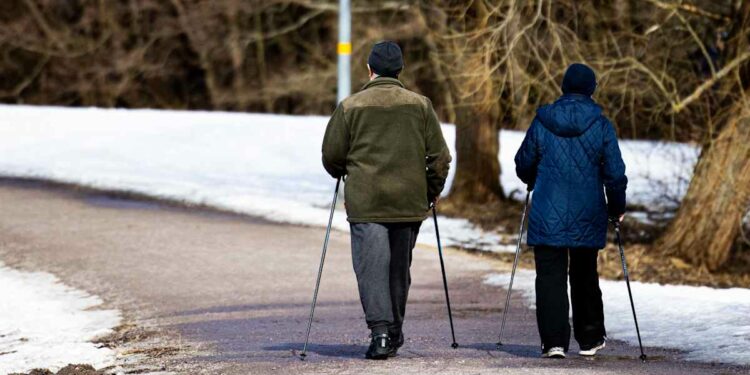The Impact of Lifestyle Counseling on Senior Health: A Comprehensive Study
Introduction to the Study
Recent findings from the Institute for Health and Welfare (THL) reveal that providing senior citizens with lifestyle counseling can significantly decrease their reliance on healthcare services. The research, known as the Finger intervention study, investigated how tailored health and social care approaches influence individuals aged 60 to 77.
Research Methodology
The study encompassed over 1,200 participants who were categorized into two distinct groups. One set engaged in a comprehensive lifestyle counseling program over a span of two years, while the other continued with traditional healthcare services. Participants in the intervention group benefited from dietary recommendations, structured exercise regimens, cognitive training exercises, and meticulous monitoring of cardiovascular health indicators. The evaluation of healthcare usage stretched across an impressive eight-year timeline.
Findings: Reduced Healthcare Engagement
The results were compelling; seniors who participated in the lifestyle counseling required an average of six fewer days hospital stay compared to their counterparts who did not engage in such programs. Additionally, they made notably fewer visits to emergency medical facilities. A cost analysis conducted during subsequent follow-ups indicated that those receiving guidance incurred approximately €4,000 less in hospital and emergency room charges than those outside this intervention.
Financial Benefits and Implications
According to Jenni Kulmala—senior researcher at THL and professor specializing in gerontology at Tampere University—the implementation of extensive lifestyle programs like Finger can substantially reduce more expensive healthcare services for seniors while simultaneously promoting healthier living standards. “We have noted extensive positive outcomes related to cognitive function enhancement among elderly participants along with a notable decrease in disease incidence,” Kulmala remarked regarding these findings.
Demographic Trends indicating Growing Need
As registered at the end of last year, Finland is home to approximately 1.3 million individuals aged over 65—a figure expected to rise significantly as demographics shift towards an older population segment. THL emphasizes that investing resources into senior lifestyle programs not only improves health outcomes but is also instrumental in mitigating rising healthcare costs associated with aging populations.
Current Adoption Rates and Future Recommendations
Despite its growing recognition as an effective model for elderly care management, just over half of Finland’s wellbeing counties have adopted the Finger framework for lifestyle interventions fully. It has been noted that coordination issues among these counties pose challenges for widespread application of such vital programs focused on enhancing senior lifestyles.
By focusing on proactive management through comprehensive guidance programs tailored specifically for seniors’ needs—with proven benefits around health maintenance—we pave the way forward toward healthier aging communities.
Conclusion
In summation, fostering supportive environments through personalized lifestyle interventions offers promising avenues not only toward improved quality of life but also considerable economic savings within our aging population’s healthcare system—an endeavor worthy by all counts if we are truly invested in our elder citizens’ well-being.






